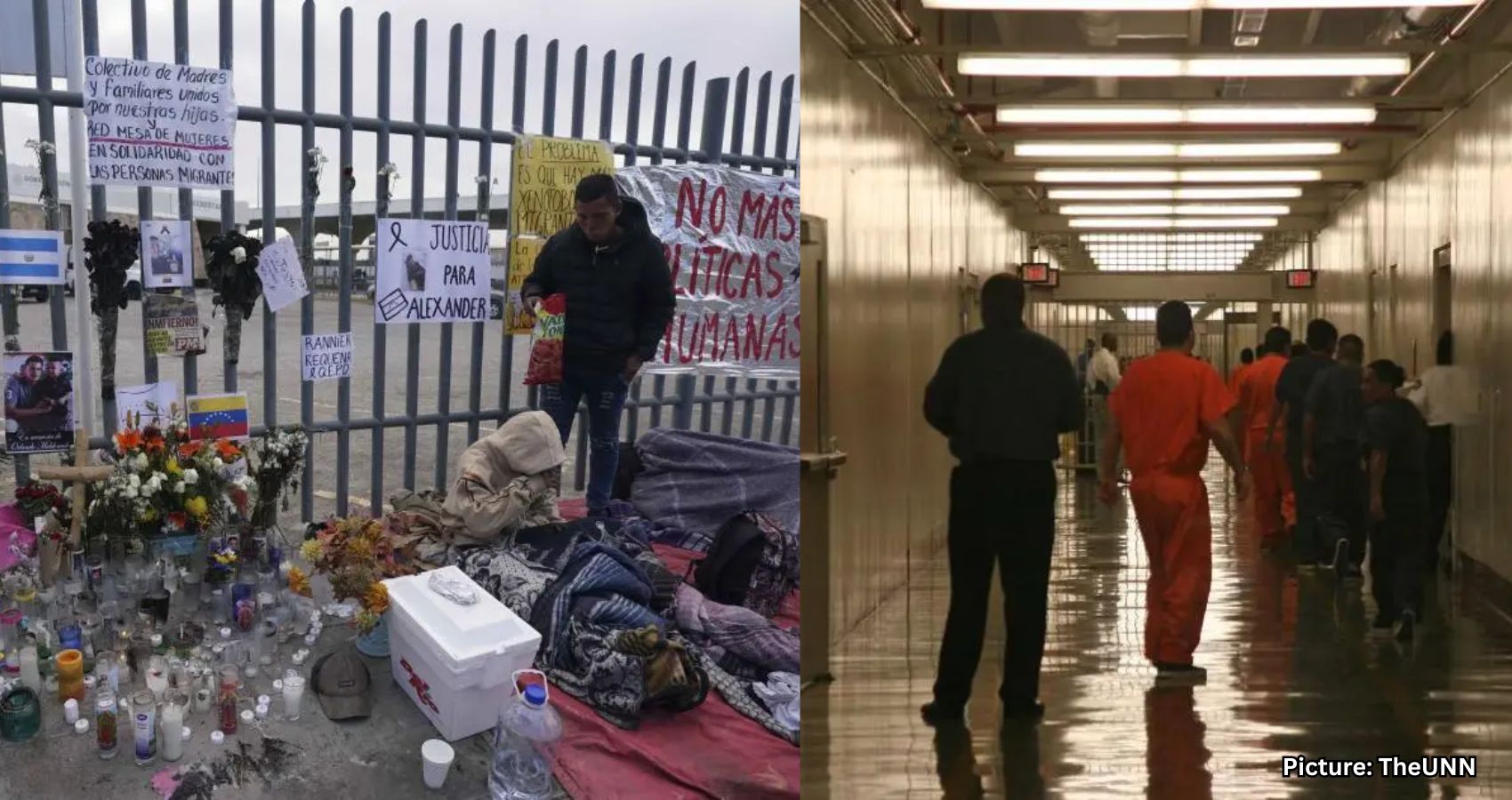Immigrant advocates are raising alarms over a humanitarian crisis in U.S. detention centers, citing alarming statistics of deaths, disappearances, and the treatment of asylum seekers.
A crisis is unfolding within U.S. immigration detention centers, with reports indicating that fifteen individuals have died and more than 1,200 are currently unaccounted for. Nearly 60,000 detainees are held behind barbed wire, according to advocates who spoke at an October 3 briefing hosted by American Community Media. They warned that the existing infrastructure may be on the brink of collapse.
The event featured a panel of lawyers and human rights experts who emphasized that the combination of a record number of detainees, along with a lack of transparency and neglect, is contributing to a growing humanitarian crisis. “This is a crisis,” said moderator Pilar Marrero. “And it is happening with diminishing transparency.”
One of the most concerning situations is at the Everglades detention center in Florida, often referred to as “Alligator Alcatraz.” Here, families and attorneys report that over 1,200 detainees cannot be located, raising serious concerns about their well-being.
Nationwide, the number of detainees has surged to nearly 60,000, the highest figure on record, with most individuals having not been convicted of any crime. This alarming trend has drawn attention to the plight of asylum seekers, who often find themselves treated as criminals.
Heather Hogan, Policy and Practice Counsel for the American Immigration Lawyers Association, shared her experiences as an asylum officer within detention centers. She described how asylum seekers are routinely subjected to harsh treatment, often waking up at 3:30 or 4:00 a.m. for interviews that could determine their futures. “By the time I interviewed them, they were exhausted and hungry,” she recounted. “These were life-altering interviews, but people had nothing left.”
Hogan recalled instances where asylum seekers arrived in shackles and orange jumpsuits, lined up in holding cells. Guards referred to them as “bodies,” and she described an incident where a man needed to use the restroom during an interview but was mocked by a guard for not locating it quickly enough. “That kind of behavior was common,” she noted.
She also highlighted the severe impact of prolonged detention on individuals already fleeing violence, stating that those at risk of suicide or LGBTQ detainees are often placed in solitary confinement, a practice that the United Nations has classified as torture. Hogan recounted the tragic suicide of a young asylum seeker in Arizona, who took her life shortly after expressing credible fears during her interview. “The safeguards just aren’t there,” she lamented.
Andrew Free, an Atlanta-based lawyer and founder of the project #DetentionKills, revealed that 22 individuals died in Immigration and Customs Enforcement (ICE) custody in 2025, marking the second-highest total on record. “Most of the deaths were in Florida, particularly at the Krome Detention Center,” Free stated.
He raised concerns about the accuracy of the official death toll, noting that his investigations uncovered five deaths that had not been publicly reported. “What is the true number of people dying in ICE custody?” he questioned. “I don’t know. And I don’t think anybody does.”
Free now tracks detention deaths for journalists and researchers, emphasizing that lawsuits and investigative reporting are the only reliable means to compel disclosure. “The reason we know anything about deaths in custody is because people sued,” he explained. “And reporters kept digging.”
Yannick Gill, Senior Counsel for Refugee Advocacy at Human Rights First, echoed concerns about the erosion of transparency in the detention system. He cited instances where members of Congress have been denied entry to detention centers, calling such actions unconstitutional. “It should make us stop and ask: What exactly is ICE hiding behind those walls?” he questioned.
Gill also discussed the existence of “shadow sites”—facilities not included in ICE’s public reports—where detainees often disappear from official tracking systems, leading to what he termed “enforced disappearances.” “People are simply off the grid,” he stated. “That is unacceptable in a democracy.”
Advocates argue that the harsh conditions within detention centers are not merely the result of poor management but are indicative of a deliberate strategy. “The cruelty is the point,” Hogan asserted. “Separating people from their families, traumatizing them, making conditions unbearable—that is the government’s approach now. The goal is to get people to give up their asylum claims.”
Hogan proposed that community-based case management could serve as a more humane alternative to detention, asserting that it should be rare and only used when absolutely necessary. “Instead, it has become the default,” she said.
Free added that while lawsuits may be imperfect, they can still yield significant results. He noted that during the pandemic, litigation led to the release of tens of thousands of individuals from detention, many of whom would not have survived COVID-19 if they had remained incarcerated. “Many of those people would not have survived COVID inside,” he said.
Gill emphasized the need for restored oversight, stating that Congress has the constitutional authority to enter detention centers. “Blocking that authority undermines democracy itself,” he warned.
“Immigration detention is supposed to be civil,” Free remarked. “That’s the fiction. In reality, it is indistinguishable from prison.” He concluded by stating, “This is not just about law. It’s about justice. And right now, people are dying without either.”
Source: Original article

